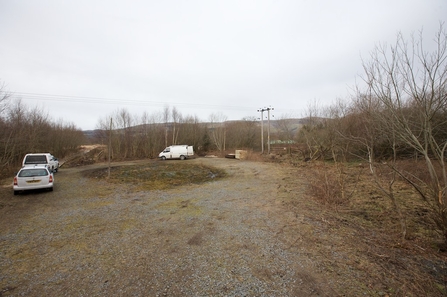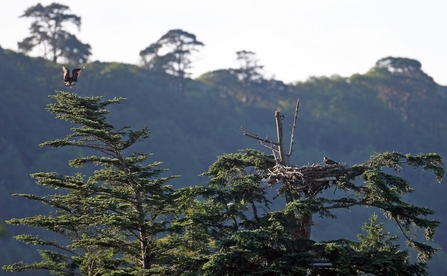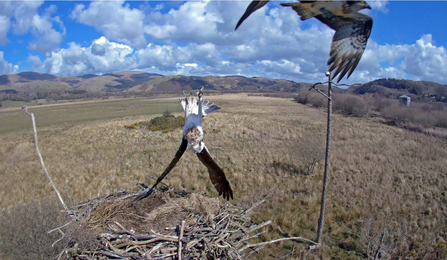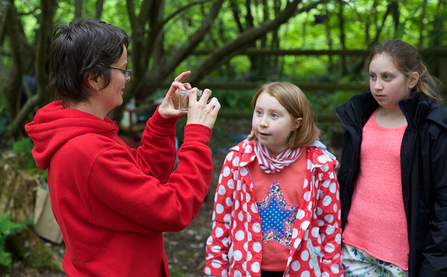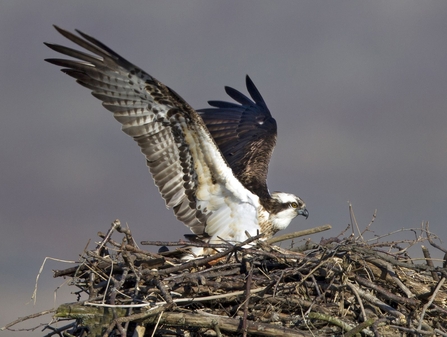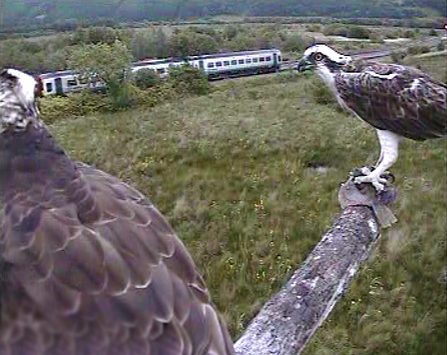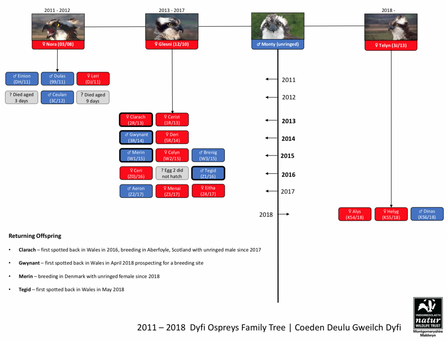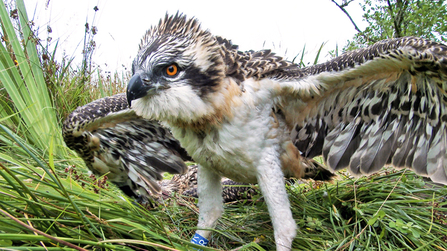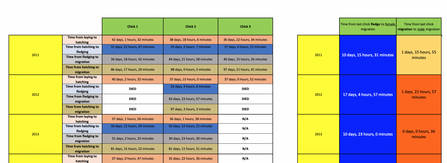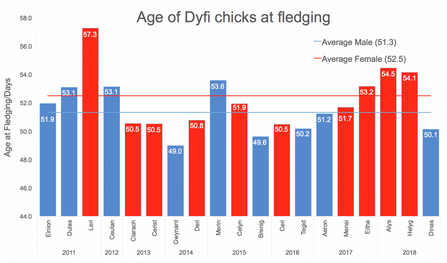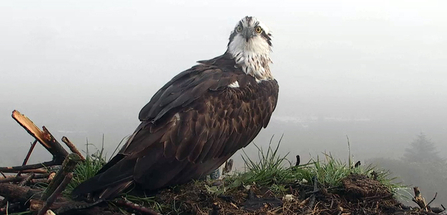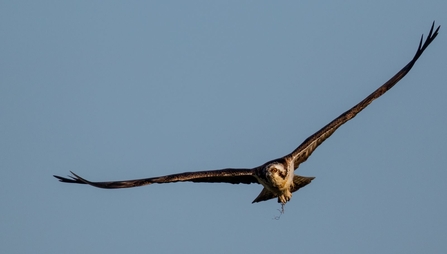Let's quickly look back at the last 10 years, and forward to the next...
In a few weeks' time we will open DOP for another year. Those feelings of excitement, apprehension, elation and child-like adventure are still as palpable today as they were ten years ago - despite being a decade older and, so they say, supposedly wiser.
DOP 2009 was, however, as different to DOP 2019 as you could possibly imagine.
We had one second-hand portacabin that was donated to us, a pair of cheap Chinese-made nest cameras, two TVs, six volunteers and me. We had no nest microphones, toilets, water, cafe, 360 Observatory, information panels or money. Oh, we didn't have any ospreys either.
We had borrowed £40,000 to develop an osprey project for one year and frankly, people were laughing at us. I won't mention any names.
10 years ago - February 2009. Three vans and a lot of ideas.

